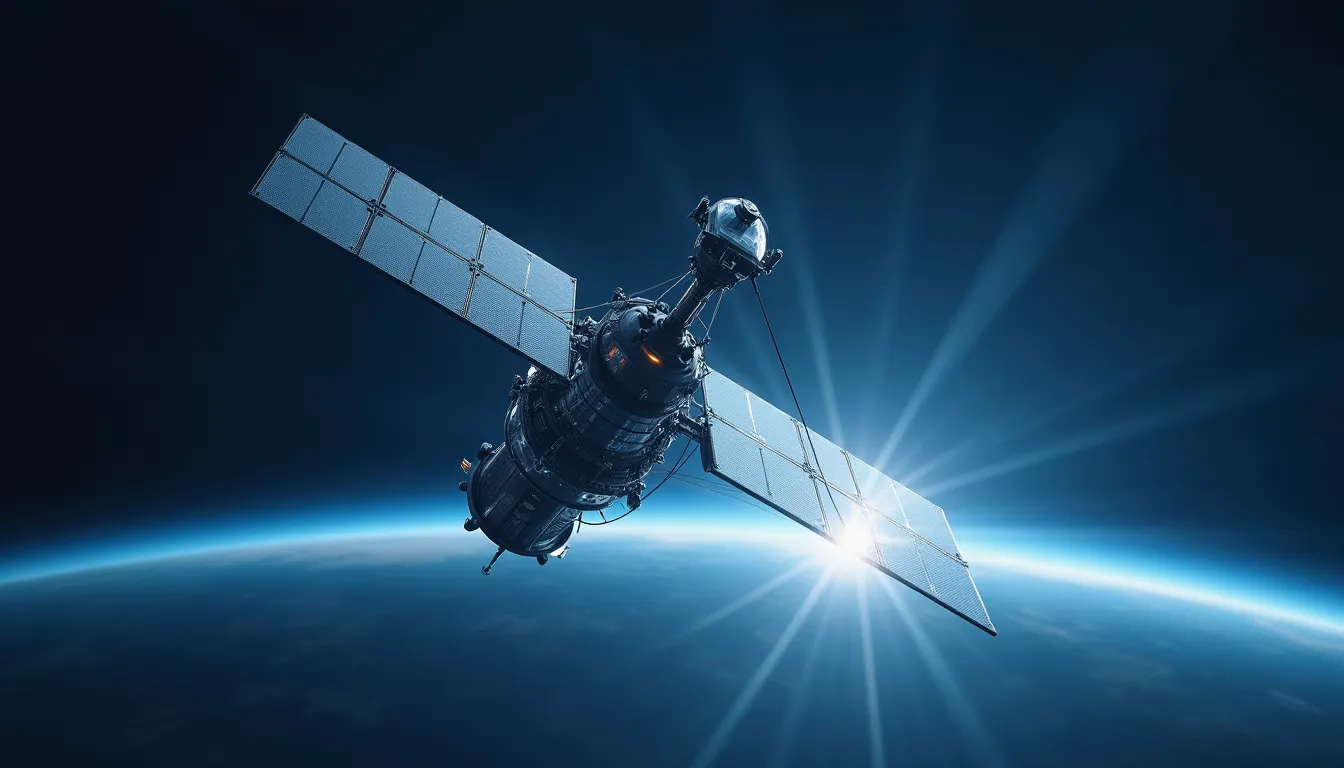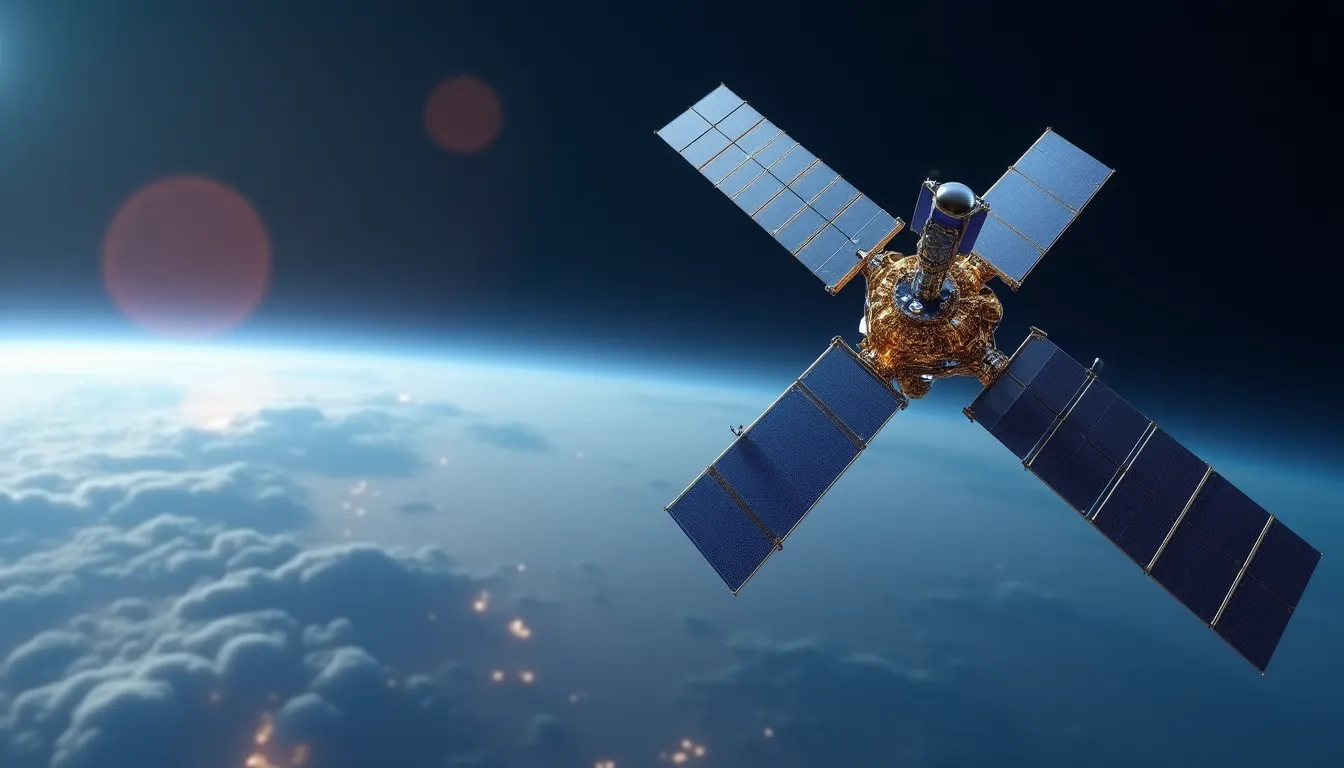Recent developments in the satellite sector underscore a transformative phase for the aerospace and defense industries. From cost-effective satellite designs to enhanced space situational awareness tools, these innovations are paving the way for more efficient space operations and improved global connectivity.
NASA’s Athena EPIC Mission: Redefining Cost-Effective Space Exploration
On July 22, 2025, NASA will launch its Athena Economical Payload Integration Cost (Athena EPIC) mission from Vandenberg Space Force Base, California. This mission represents a significant leap in scalable satellite technology, aiming to reduce the cost of launching space instruments from billions to millions of dollars per mission.
The Athena EPIC mission will utilize smaller satellites known as SensorCraft, which are approximately the size of a mini refrigerator. These compact satellites are designed for rapid replacement and upgrade, allowing scientists to conduct extensive Earth observation without the hefty price tag traditionally associated with space missions.
The mission is supported by NASA’s Earth Science Division and Heliophysics Division, and it emphasizes the importance of developing advanced sensor modules that can integrate seamlessly into these new platforms. The Advanced Sensor Module, featuring a 9-DOF MEMS IMU, will provide exceptional stability and comprehensive motion sensing capabilities crucial for accurate data collection in challenging environments.
ViaSat-3 Flight 2: Expanding Global Connectivity
The arrival of the ViaSat-3 Flight 2 satellite at Cape Canaveral on October 6, 2025, marks a pivotal moment in the deployment of ViaSat’s high-capacity broadband satellite constellation. This satellite aims to enhance internet connectivity and Internet of Things (IoT) capabilities across the globe, addressing the growing demand for reliable broadband access.
As part of a series of satellites designed for high throughput, the ViaSat-3 constellation is expected to revolutionize how individuals and businesses connect to the internet, particularly in underserved regions. The integration of high-performance MEMS accelerometers will ensure the precise positioning and tracking of these satellites, which is crucial for maintaining optimal service delivery through efficient data throughput.
Neuraspace’s Space Domain Awareness Tool: A Defense Sector Innovation
In light of increasing satellite traffic and potential threats in orbit, Neuraspace has launched a groundbreaking space domain awareness tool tailored for the defense sector. Announced on October 6, 2025, this tool enhances monitoring capabilities and situational awareness of space objects, which is vital for national security and defense operations.
The tool leverages advanced algorithms and real-time data analytics to track and predict the movements of various space entities. With the rise in the number of satellites and space debris, having a reliable High-Precision Advanced Navigation System in place is essential to ensure safe operations. This system utilizes fiber optic sensing coils with cutting-edge winding technology to provide superior stability and precision in navigation applications, reducing risks associated with satellite collisions.
Space Sustainability Forum 2025: International Collaboration for a Sustainable Future
The International Telecommunication Union (ITU) will host the Space Sustainability Forum on October 7-8, 2025, in Geneva and online. This event will focus on managing satellite constellations, advancing exploration from Low Earth Orbit to lunar missions, and promoting sustainable space operations.
As the number of satellites in orbit continues to grow, discussions centered on sustainability are becoming increasingly critical. International cooperation and robust policy frameworks will be essential to mitigate the challenges posed by space debris and ensure the long-term viability of space operations. The forum will address these issues head-on, highlighting the need for innovative solutions and technology partnerships.
Conclusion
The advancements in satellite technology highlighted in this article reflect an ongoing commitment to innovation in the aerospace and defense sectors. From NASA’s scalable satellite designs to the deployment of high-capacity broadband solutions and enhanced situational awareness tools, the progress made today will have profound implications for the future of space exploration and connectivity. As the industry continues to evolve, fostering international collaboration and sustainable practices will be paramount in addressing the challenges that lie ahead in our increasingly crowded orbital environment.
References
-
ViaSat-3 Flight 2 satellite arrives at Cape Canaveral ahead of launch (smartmaritimenetwork.com) - 10/6/2025 ViaSat-3 Flight 2 satellite arrives at Cape Canaveral ahead of launch · Story By: Rob O’Dwyer · October 6, 2025 · Connectivity and IoT.
-
SPACE SUSTAINABILITY FORUM 2025 (ITU), Oct 7-8, 2025, Geneva/online (spacepolicyonline.com) - 10/6/2025 Key discussions will focus on managing satellite constellations, advancing exploration from Low Earth Orbit to Lunar, and achieving an …
-
Neuraspace Launches Space Domain Awareness Tool Targeted for Defense Sector (www.satellitetoday.com) - 10/6/2025 Neuraspace Launches Space Domain Awareness Tool Targeted for Defense Sector. By Rachel Jewett | October 6, 2025. Europe.
-
NASA Tests Scalable Satellite Tech to Launch Sensors Quicker (www.nasa.gov) - 7/18/2025 NASA’s Athena Economical Payload Integration Cost mission, or Athena EPIC, is a test launch for an innovative, scalable space vehicle design to …



